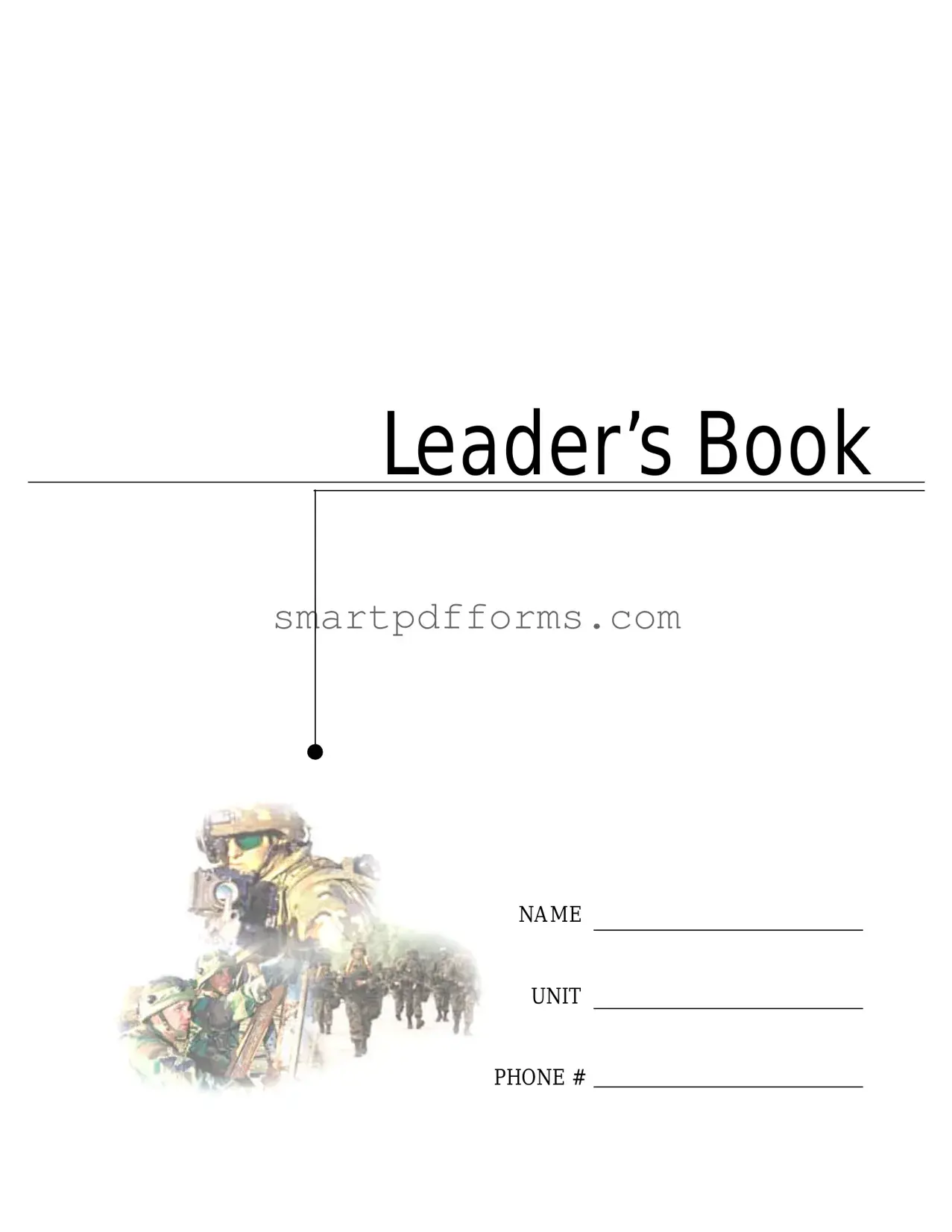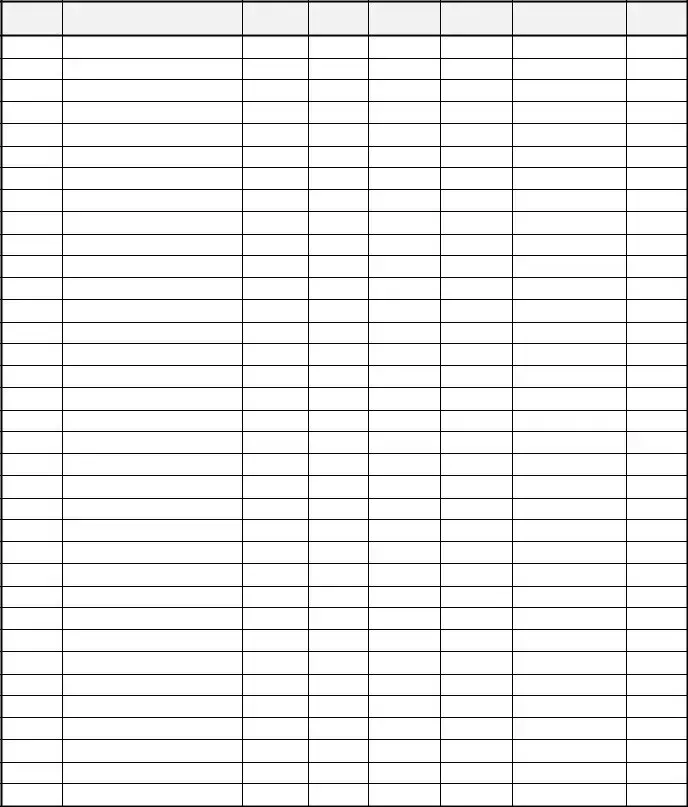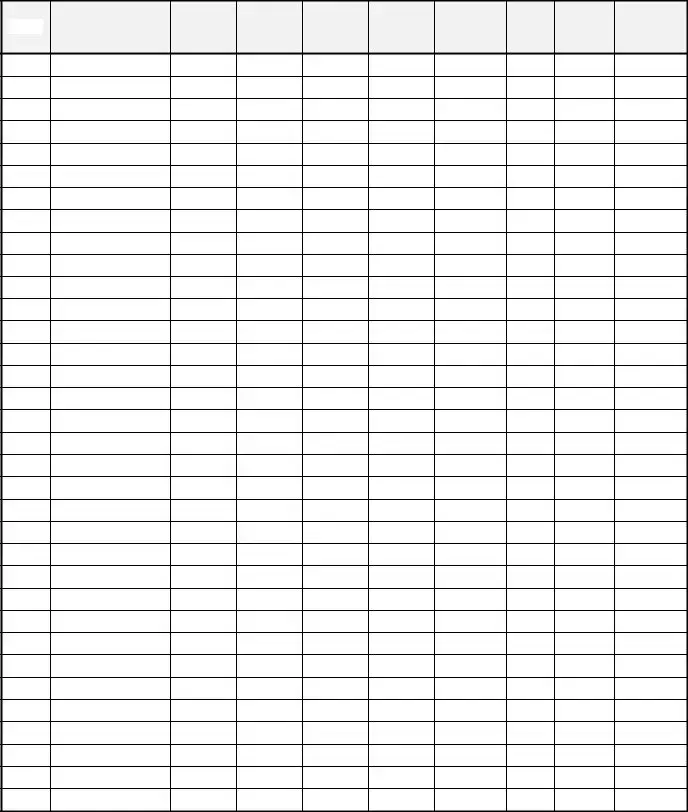Creed of the Noncommissioned Officer
Creed of the Noncommissioned Officer
No one is more professional than I. I am a
Noncommissioned Officer, a leader of soldiers. As a
Noncommissioned Officer, I realize that I am a member of a time honored Corps, which is known as “The Backbone of the Army.”
I am proud of the Corps of Noncommissioned officers and will at all times conduct myself so as to bring credit upon the Corps, the Military Service and my country regardless of the situation in which I find myself. I will not use my grade or position to attain pleasure, profit or personal safety.
Competence is my watch-word. My two basic
responsibilities will always be uppermost in my mind- accomplishment of my mission and the welfare of my soldiers. I will strive to remain tactically and technically proficient. I am aware of my role as a Noncommissioned Officer. I will fulfill my responsibilities inherent in that role. All soldiers are entitled to outstanding leadership; I will provide that leadership. I know my soldiers and I will always place their needs above my own. I will communicate with my soldiers and never leave them uninformed. I will be fair and impartial when recommending both punishment and rewards.
Officers in my unit will have maximum time to accomplish their duties; they will not have to accomplish mine. I will earn their respect and confidence as well as those of my soldiers. I will be loyal to those with whom I serve; seniors, peers and subordinates alike. I will exercise initiative by taking the appropriate action in the absence of orders. I will not compromise my integrity nor my moral courage. I will not forget, nor will I allow my comrades to forget that we are professionals, Noncommissioned officers, leaders!
E C0 702d MSB
SOLDIER’S PRIVACY ACT STATEMENT
The personnel listed below authorized ______________________ to maintain their
SSN and personal information in his/her Leader’s Book with the understanding that this information will not be disclosed except in the line of his/her official duties.
E C0 702d MSB
SOLDIER’S PERSONAL DATA SHEET
NAME : _________________________ RANK : ______ |
DOR : _________________ SSN : __________________ |
BASD : ________________ ETS : __________________ |
DOB : _________________ MOS : _________________ |
TIG : __________________ TIS : __________________ |
PROMOTABLE : YES / NO POINTS : _____________ |
WEIGHT : ________ HEIGHT : ________ HAIR : ___________ EYES : ___________ AGE : ____________ |
MARITAL STATUS : MARRIED / SINGLE / DIVORCED / SEPERATED |
|
|
SPOUSE’S NAME : ________________________________ |
|
|
EFMP : YES / NO |
CHILD’S NAME : _________________________________ |
AGE : ____ |
MALE / FEMALE |
EFMP : YES / NO |
CHILD’S NAME : _________________________________ |
AGE : ____ |
MALE / FEMALE |
EFMP : YES / NO |
CHILD’S NAME : _________________________________ |
AGE : ____ |
MALE / FEMALE |
EFMP : YES / NO |
CHILD’S NAME : _________________________________ |
AGE : ____ |
MALE / FEMALE |
EFMP : YES / NO |
HOME PHONE : __________________________ |
ADDRESS : _____________________________________________ |
RELIGION : ___________ |
BLOOD TYPE : ___ |
WEAPON # : _______ |
WEAPON SERIAL # : ____________ |
MASK # : _________ |
INSERT REQUIRED : YES / NO |
DATE NBC PROF : __________ |
CONF : __________ |
DATE WEAPON QUAL : ______________ |
TYPE : _____________ |
QUALIFIED : MARK / SHARP / EXPERT |
DATE LAST APFT : _____________ |
SCORE : _______ PUSH-UP : ____ SIT-UP : ______ RUN : ________ |
DATE WEIGH-IN : ___________ |
BODY FAT % : _____ |
PROFILE : T / P _______________________________ |
DATE CTT TEST : ___________ |
GO / NOGO |
DATE DRIVERS TRAINING : ___________________________ |
DATE QUALIFIED CREW SERVED WEAPON : ____________ TYPE/S : _________________________________ |
NBC SUIT SIZE : _______ |
MASK SIZE : __________ |
BDU COAT SIZE : ______ TROUSER SIZE : _______ |
HAT SIZE : _______ |
BOOT SIZE : _____ |
DATE PLDC : _____ |
BNCOC : _________ |
ANCOC : _________ |
AWARDS: __________________________________________________________________________________________ |
DATE LAST GCM : _____________ |
|
DATE LAST NCOER : ___________ |
NEXT OF KIN : _________________ |
ADDRESS : ____________________________________________________ PHONE NO. : _____________________ |
POV MAKE : ___________________ |
MODEL : ________________________________________________________ |
YEAR : ________________________ |
|
COLOR : _______________________ |
LIC PLATE # : __________________ |
POST DECAL # : ________________ |
INS COMPANY : ________________ |
EXP DATE : ____________________ |
ANTHRAX SHOT # : _____________________________ |
ANTHRAX DATE : _______________________________ |
|
|
|
|
|
|
|
|
|
|
|
REMARKS |
|
|
|
|
|
|
|
|
|
|









